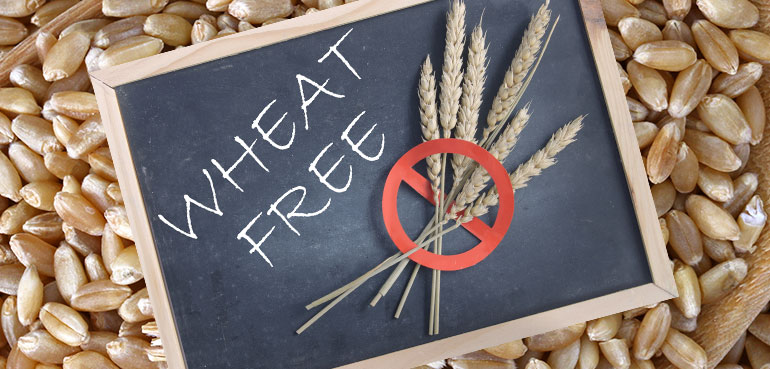By Mary Parsons, MS, RD
Wheat Belly is a best-selling book with a lot of controversial claims about the way our bodies handle wheat. According to the author, the idea is that wheat is inflammatory, addictive, and a trigger for obesity. However, from a dietitian’s perspective, there is a lack of adequate scientific evidence to support the author’s claim that wheat is inherently unhealthy.
This diet’s emphasis on low-glycemic foods is a good thing, as these less-refined carbohydrate sources minimize spikes in blood sugar and provide a sustained source of energy. Another strength is the author’s suggestion that people avoid replacing wheat foods with other processed starches (typical of alternative packaged foods like gluten-free bread). This is a healthy approach because it encourages consumption of whole, unprocessed foods like vegetables, fruits, nuts and lean proteins.
However, while it’s true that some studies are suggesting that refined grains may have an effect on systemic inflammation in the body (which could have implications on a variety of chronic health conditions), many of the author’s conclusions are in the best cases speculative, and in the worst cases misleading. It’s possible that someday researchers may find some truth behind some of these ideas, but it’s essential that we derive recommendations from science, and for the most part, our existing base of nutrition research does not provide adequate evidence to back up the claims in this book.
A wheat-free diet can be healthy. People who avoid wheat due to allergies or intolerances can get all of the nutrients needed from other food sources, with a little attention and effort. But you shouldn’t feel the need to cut an entire food group out of your diet based on the arguments presented in this book.
Restaurants offer a variety of healthier menu choices, both with and without wheat, to accommodate guests’ dietary needs and taste preferences. Focus on choices like these that include quality ingredients such as fruits and vegetables, lean proteins and whole grains

